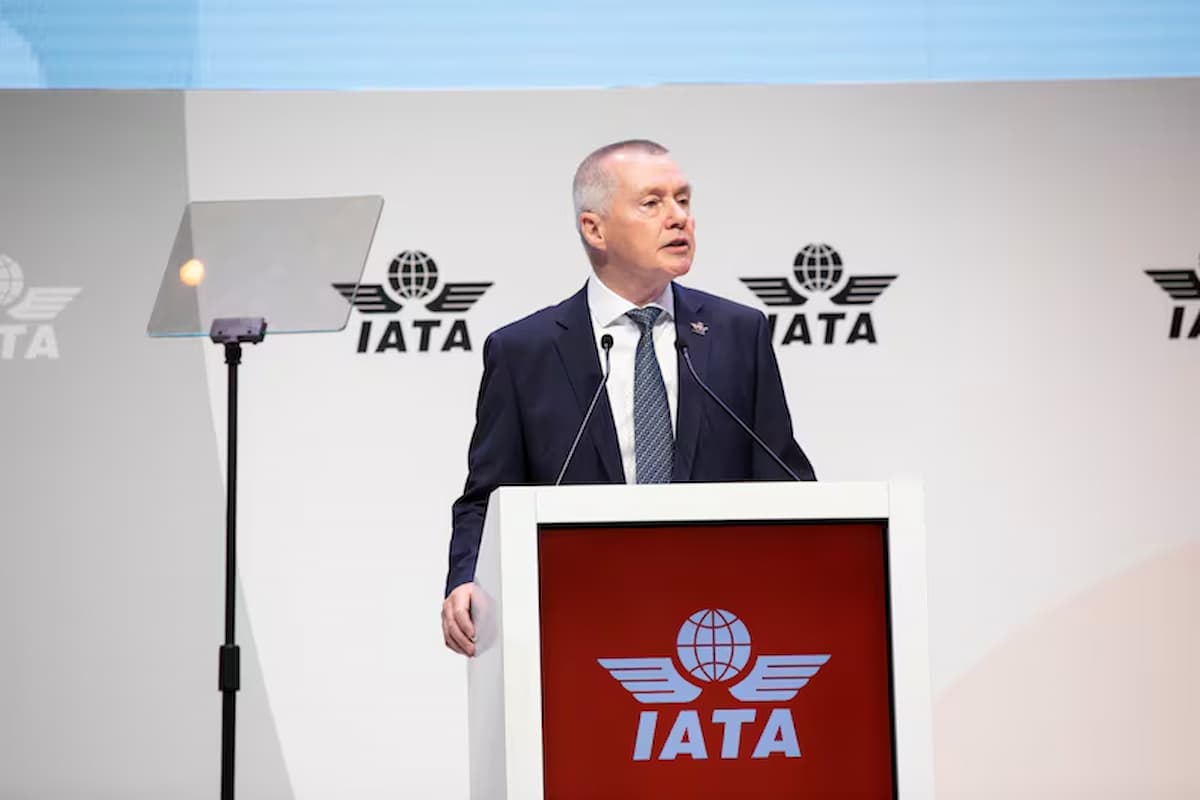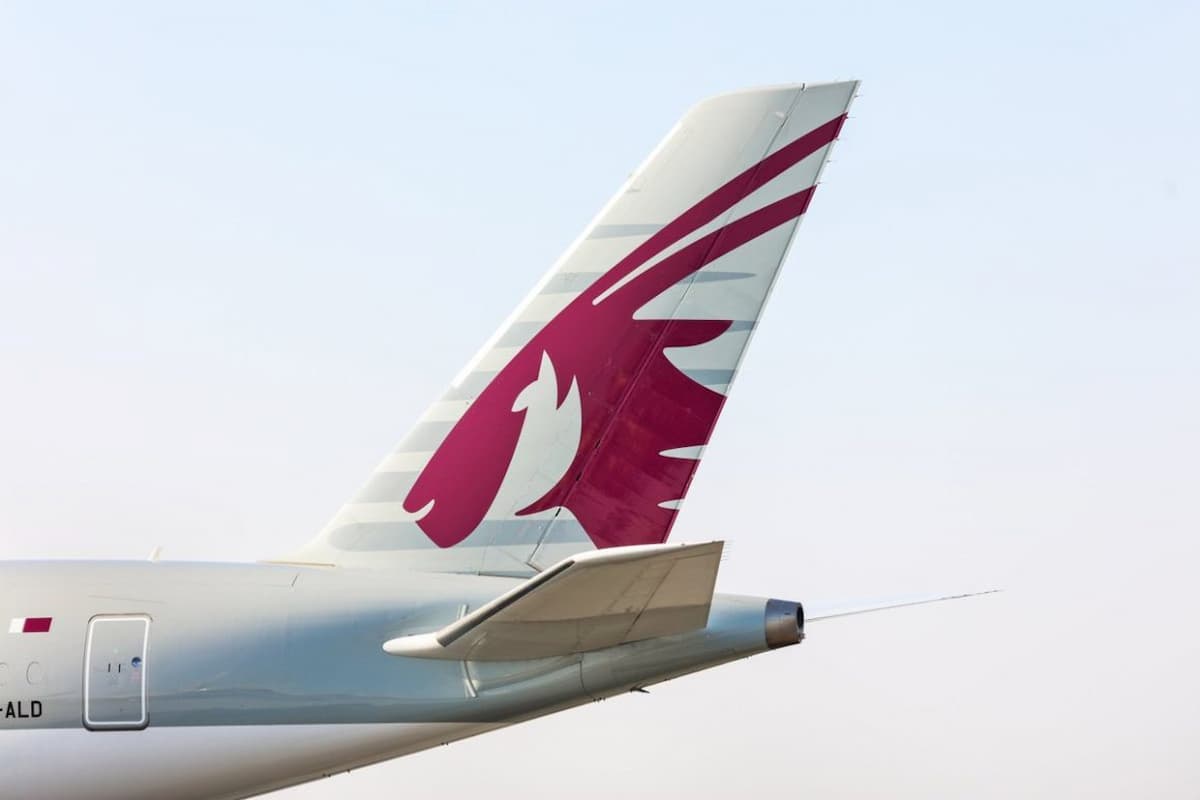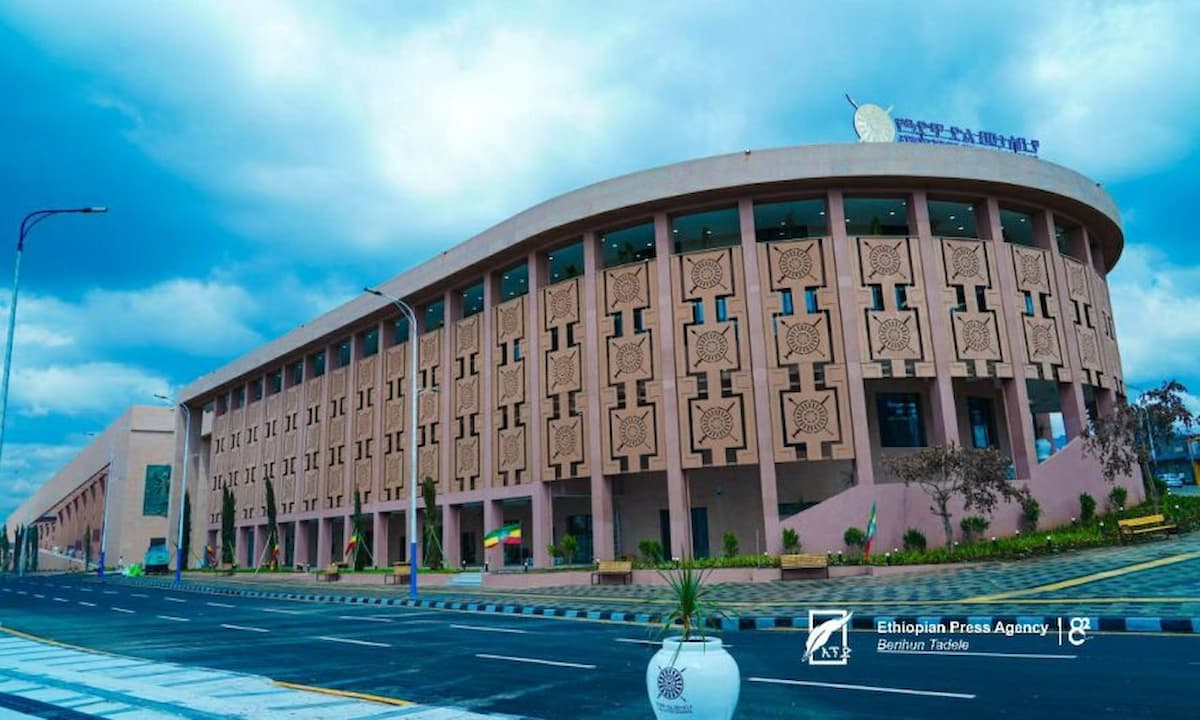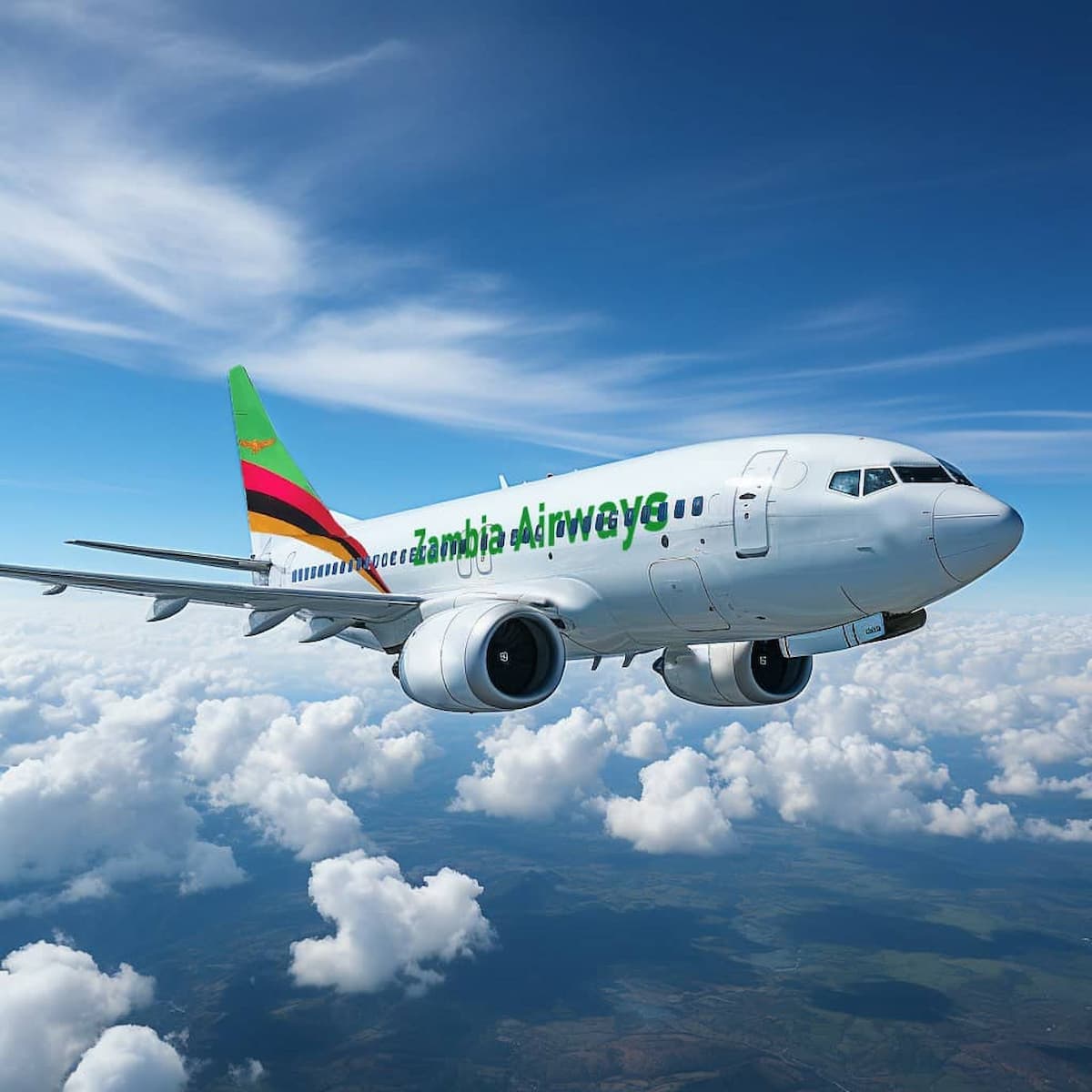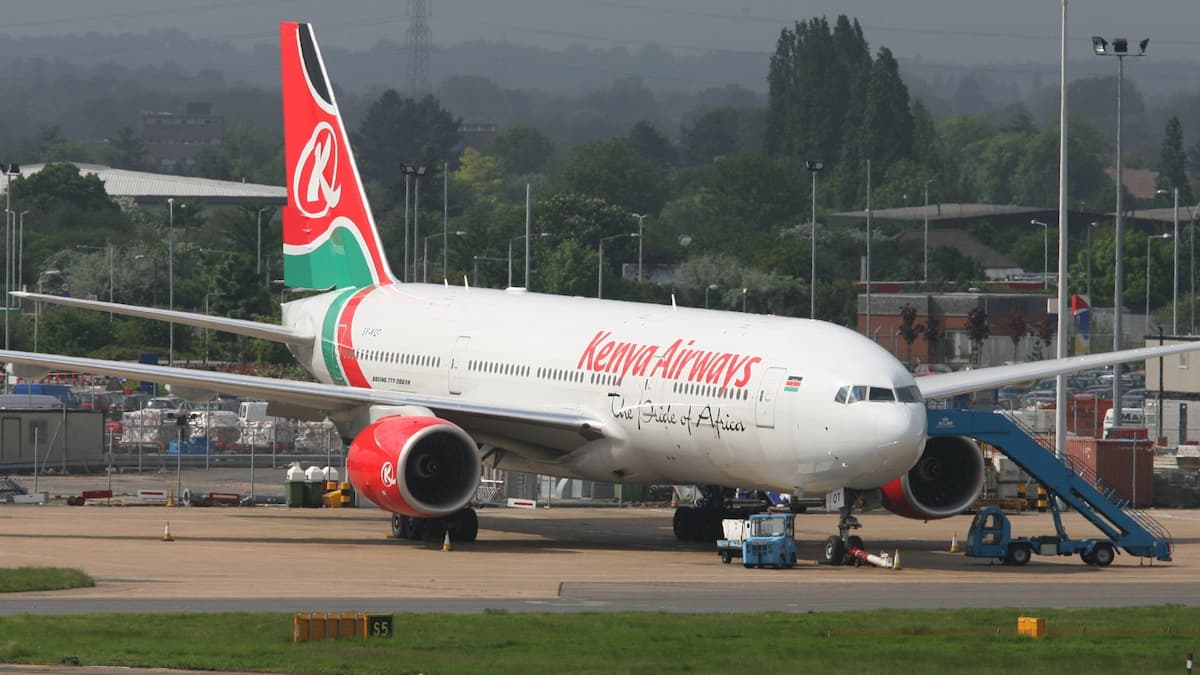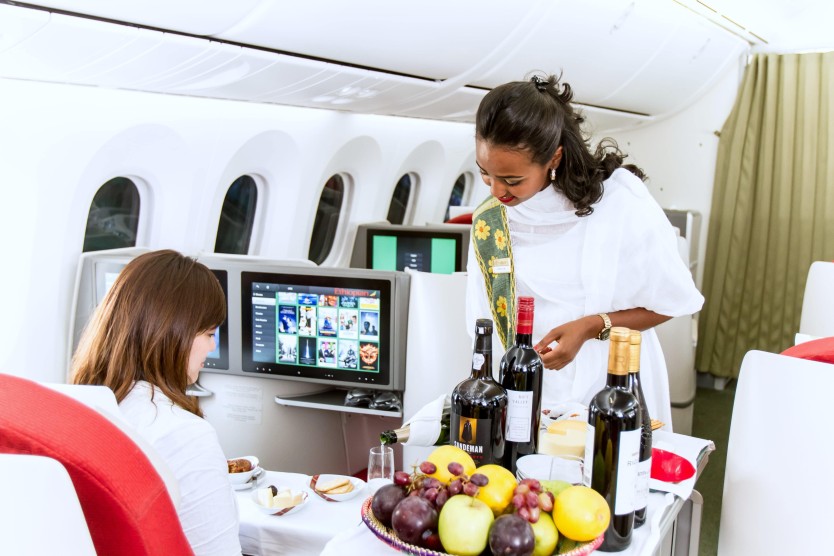When Qatar Airways, in Dec-2019, signed an agreement with Rwanda’s government to acquire a 60% stake in the new Bugesera Airport, presently under construction, it was initially considered a strange decision for the airline, even if it had already taken an interest in the sector (specifically with the Vnukovo airport in Moscow; a deal that still hasn’t been closed).
But the airline’s method has become clearer lately as it positions itself not only to take a 49% stake in RwandAir – the flag carrier – as well, but also potentially in a so far unnamed Southern African airline.
Central/East Africa could do with a genuine continental level hub. Nairobi and Addis Ababa are both capable of being one, but neither seems to be able to get over the line for one reason or other.
Starting out with a clean slate, at an airport set up for hubbing transfer passengers (assuming it is), with a compliant minor partner, and in a country which is starting to show economic potential 30 years after its dreadful civil war, could provide Qatar Airways with leverage in what is supposed to be about to become the world’s fastest growing continent for aviation.
Qatar Airways ‘to announce southern Africa airline investment’ soon
Qatar Airways CEO Badr Mohammed Al Meer said recently that the company was planning to announce an investment in an airline in southern Africa in May-2024 or Jun-2024.
Mr Al Meer added that the investment would complement the airline’s proposed acquisition of a 49% stake in RwandAir and its 60% stake in Kigali Bugesera International Airport.
Mr Al Meer, who became the airline’s CEO in Nov-2023, sees the southern part of Africa as a gap in Qatar Airways’ network coverage that it should fill. Although Qatar Airways already flies to (in excess of) 30 cities across Africa, the southern part of the continent is regarded as being the “last piece of the equation”, and one that would help it to gain greater scale where there has been rising travel demand in recent years.
Seat capacity as well as passenger demand on the rise across the African continent
The chart below confirms that seat capacity, too, has been on the rise in the Southern African region – from 2012 to 2019, and consistently with one exception (2013). Growth in that period was almost +28%, and growth in 2023 was +22% over the previous year, bringing capacity back to the level of 2014 after the COVID-19 pandemic disruption.
What is interesting, though, is that capacity growth in Africa as a whole was considerably higher in that period (+44%), and that growth in 2023 put the capacity back to in excess of the 2019 level, not at the 2014 one. What’s more, there are almost as many seats now, less than halfway through 2024, as there were in 2023.
That does suggest that Qatar Airways might be over-egging the importance of the Southern Africa market, and that it might benefit from looking at what is happening elsewhere on the continent.
It also wishes to help expand the operations of its partner airlines in Africa to improve connectivity.
The airline’s focus already seems to be on the east and south of Africa
As the map below shows, the airline is already established, with routes mainly in the east and south rather than the west and north of the continent.
It is entirely possible that Mr Meer might have been referencing the proposed stake in RwandAir, rather than a further one in a southern African country’s airline; even if airlines such as South Africa Airways, for example, would surely benefit from it.
Rwanda‘s strategic position at the heart of Africa
Rwanda is located almost on the equator and is neighbours with Uganda, Burundi, Tanzania and the Democratic Republic of the Congo. It can hardly be referred to as a southern African country, except insofar as it lies south of the Sahara Desert and the Maghreb, which are the usual designators of the ‘north’.
Location of Rwanda
Source: Google Maps.
But Rwanda‘s strategic location is paramount – approximately in the centre of the continent, and with the new airport under construction there (Bugesera) in a position to do what Kenya‘s Nairobi Jomo Kenyatta airport and Ethiopia‘s Addis Ababa Bole airport aspire to do without ever quite succeeding: namely, to act as a centralised hub for the entire continent.
RwandAir has established its own small niche hub in the region
In order to have a successful hub a strong flag carrier is needed, and although RwandAir does not have the scope of Nairobi or Addis Ababa, it is growing.
The route network map below shows that the airline has an established network to the east, west and south of the continent (only the north is underrepresented), as well as to major cities in western Europe and the Gulf (including Qatar), based at the existing airport.
RwandAir: network map for the week commencing 27-May-2024
Source: CAPA – Centre for Aviation and OAG.
The bloody civil war is becoming a distant memory as services, finance and tourism dominate today’s economy
Rwanda is best known internationally for two things.
Firstly, the civil war between 1993 and 1996, which saw the slaughter of up to 800,000 people, one tenth of the population, in just three months in 1994.
Secondly, the more recent agreement (2023) struck with the United Kingdom to receive illegal immigrants into the UK as deportees.
It is fair to say that although it is still a poor country by ‘First World’ standards, its agriculture still taking the form of subsistence farming on rich volcanic soils that promise much more, Rwanda has experienced a dynamic transformation since the genocide.
It is today regarded as a fast growing Sub-Saharan economy, yet conversely with growing levels of poverty. It has major public investments, is a major exporter of coffee, and is in competition with Uganda for regional influence.
Rwanda has only a small industrial sector, so a great deal of emphasis is put on the service sector, including banking and finance, hotels and restaurants, transport, storage, communication, insurance, real estate, business services and public administration (which is its largest sector).
Tourism is one of the fastest growing economic resources and became the country’s leading foreign exchange earner almost 20 years ago. In spite of the genocide’s legacy, the country is increasingly perceived internationally as a safe destination, with a tourism focus on creatures in their natural habitats.
Approaching two million annual tourists before the COVID-19 pandemic
Tourism spending, which was next to zero as recently as 2004 (a decade after the genocide), reached USD636 million in 2019, from USD67 million in 2005.
In 2018 there were 1,715,000 tourists (the total declined slightly in 2019), and that was the highest total ever recorded, well above the average (1.2 million) for the 13 East African states.
It is a mark of how far the ‘land of a thousand hills’ has come touristically that adverts for ‘Visit Rwanda‘ are beamed around the world on televised football matches in London (ironically, the Emirates Stadium) during Premier League, domestic cups, and Champions League matches, on account of a sponsorship deal with Arsenal Football Club.
For Qatar Airways it is ‘virgin territory’, and with less Chinese influence than elsewhere on the continent
So it is beginning to become evident why Qatar Airways is interested in Rwanda – a country with a growing economy in the service, finance and tourism sectors, centrally located on the continent, with an economic workforce about to be reinforced by immigrants, and one where although there is economic cooperation with China, it is not at the same level as found elsewhere in Africa.
(Indeed, the Portuguese company subsidiary Mota Engil Engenharia e Construção Africa SA replaced China State Construction Engineering Corporation as the key contractor for the new airport project when construction began in 2017, a year after the project was pitched to delegates at the Global Airport Development conference in Lisbon).
The new Bugesera airport is a USD1.3 billion project, to handle up to 8mppa eventually
While an investment into RwandAir may or may not happen, the one by Qatar Airlines into the new Bugesera Airport is tangible.
The map below is of the three existing commercial airports in Rwanda, including the Kigali International Airport serving the capital.
Existing airports in Rwanda
Source: CAPA – Centre for Aviation and OAG.
In 2019 the airline took a 60% stake in the USD1.3 billion (originally USD800 million) international airport being constructed in Rwanda, Bugesera; one has to say, at a leisurely pace, as it is currently due to open in 2027/28, put back from 2026.
Part of the reason for the delay, apart from the pandemic, is that in Mar-2019 some elements of the construction were put on hold to accommodate a redesigning of the facility.
Then, in 2021, it entered into a code share agreement with RwandAir, operating around 150 flights between Doha and Kigali between them, between 2022 and 2023.
RwandAir is very much a junior partner. Although Qatar Airways operates over 250 aircraft, RwandAir has only 14 aircraft, including two ageing Airbus A330-200s that serve intercontinental routes.
In May 2023 Qatar Airways Cargo initiated a hub at Kigali International Airport in partnership with RwandAir for its cargo handling, in order to expand the airline’s African air cargo network and meeting up to 5% of its annual economic growth forecast for the continent within a decade.
‘No better partner or location for an African hub’ – Qatar Airways
Qatar Airways has previously stated that it couldn’t find any better partner or location to create or to build a hub for it and its partners in central Africa other than Kigali.
The airport, located 25km southeast of Kigali, which is being built in cooperation with Qatar‘s government, will be equipped with a 130,000sqm terminal and will have capacity to handle 1.7 million passengers per annum initially (phase 1) and eight million eventually – that would put it in the top five African airports now.
It will have a 4,200m runway.
The potential to fill a void and thereby create a broader, even possibly pan-continental, hub
Just what impact Bugesera will have in the immediate region and on the continent as a whole is yet to be revealed, but there is the potential at least for it to fill a void in the central/east African region – where Nairobi’s main airport needs a new terminal but delivery of it is long overdue, and while Addis Ababa‘s new airport, the site of which was first conceived in 2014, has yet to see a spade turned on it.
These two airports were featured in the CAPA – Centre for Aviation reports: New Nairobi Airport PPP terminal confirmed as government investigates ‘status’ of Kenyan airports from Dec-2023 and New Addis Ababa airport eight years in planning has still not seen a spade turned from Nov-2022.
Rwanda does not have the population (14 million) for Bugesera to become a major point-to-point airport, and the existing Kigali Airport does not make the Top 20 busiest airports on the continent.
But the largest cities are not always the biggest transfer points, as Atlanta, Singapore, Panama City, Reykjavik, and others can testify; even Sal, in Cape Verde, during South Africa‘s apartheid era.
The investment Qatar Airways has made, and is apparently about to make, in Rwanda has a distinct purpose. Together with an expanded RwandAir it can set up a central continental base and hub to compete with any other, and one that would be well placed to interact with any future expansion in the southern part of the continent.
Source: Centre For Aviation.


